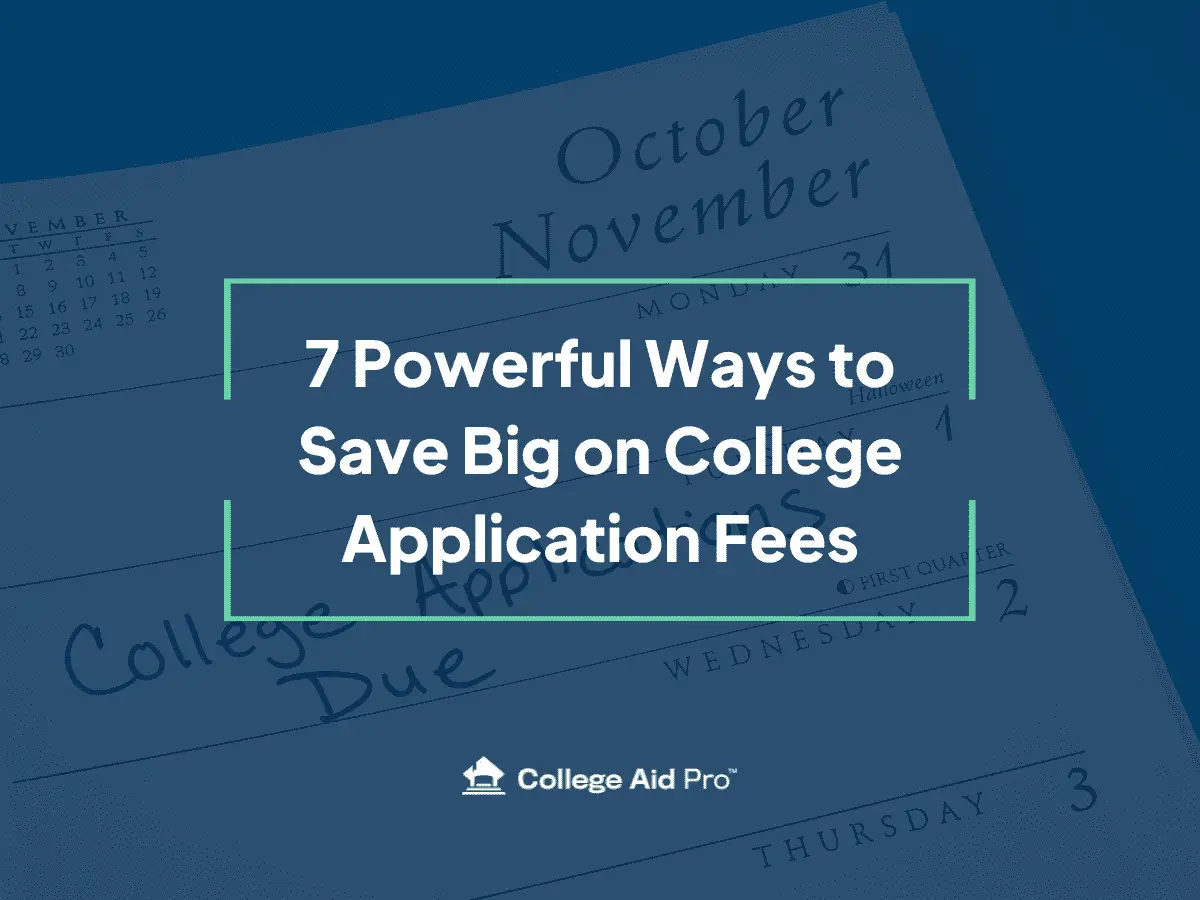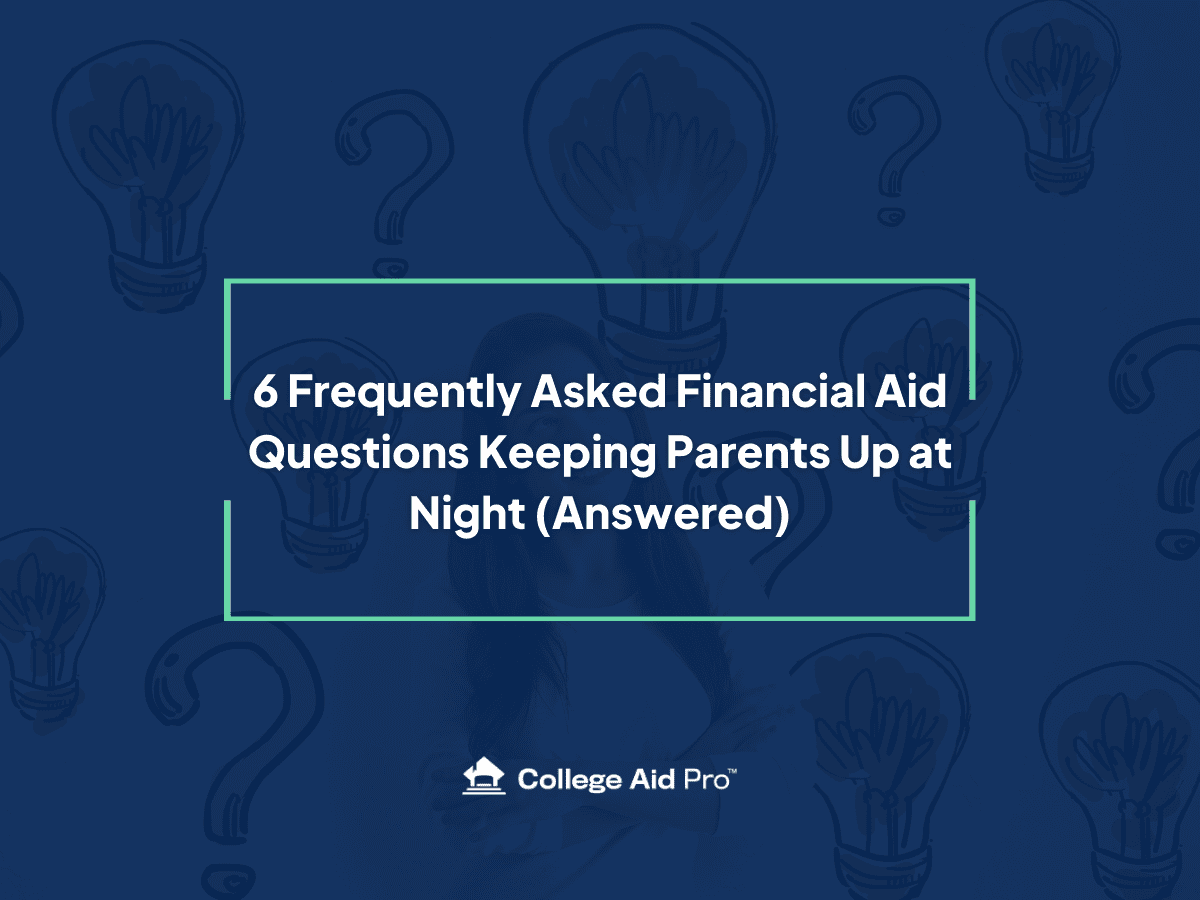College Application Fee Waivers: How to Save on the Cost of Applying to College
The college application process can be an exciting yet stressful time for high school seniors and their families. From choosing the right schools to writing essays and gathering recommendation letters, there’s already plenty on your plate. On top of that, there’s another factor parents often overlook—the cost of applying to college. For many families, those application fees add up quickly and can become a burden.
In this article, we’ll dive into what college application fees are, why they exist, and how you can avoid them through fee waivers, free applications, and other strategies. With a little know-how, you can help your child apply to the schools they love without breaking the bank.
What Are College Application Fees and Why Do You Have to Pay Them?
College application fees are charges imposed by schools when students submit their applications. These fees are meant to cover the administrative costs of processing applications—everything from reviewing your child’s academic transcripts to evaluating personal essays.
The average college application fee in the United States is about $50, but it can range from as low as $25 to as high as $90 or more for certain prestigious institutions. For families with multiple children applying to several schools, this can quickly become a significant expense. For example, applying to ten schools with an average fee of $50 would set a family back $500—before even considering the cost of standardized tests, sending test scores, and other college-related expenses.
Many families wonder, “Why do we have to pay to apply to college?” While schools do use this money to offset administrative costs, some experts argue that application fees can also serve as a way for institutions to filter serious applicants from those who apply to dozens of schools just to “see what happens.” However, these fees shouldn’t discourage your child from applying to the colleges that best fit their goals.

Who Qualifies for Automatic College Application Fee Waivers?
The good news is that many students qualify for automatic fee waivers based on their family’s financial situation. Schools recognize that paying for application fees can be difficult for some families, so they offer waivers to students who meet certain criteria.
Here’s who often qualifies for automatic fee waivers:
- Students eligible for free or reduced lunch: This is one of the most common indicators of financial need. If your child qualifies for free or reduced lunch at school, they will likely be eligible for an automatic fee waiver.
- Students in foster care or homeless: Schools recognize that students facing these challenging circumstances shouldn’t be burdened with application fees.
- Students whose families are eligible for public assistance programs: If your family receives aid through programs like SNAP (Supplemental Nutrition Assistance Program) or Medicaid, your child may automatically qualify for a fee waiver.
- SAT/ACT Fee Waiver Recipients: If your child received a waiver for the SAT or ACT, they may also be eligible for college application fee waivers at participating schools.
If your child qualifies under any of these categories, they can request fee waivers directly through the Common Application or Coalition Application platforms. These platforms will often guide you through the waiver process when you indicate your eligibility.
How to Apply for College Application Fee Waivers
If your child doesn’t automatically qualify for a fee waiver, don’t worry—there are still several ways to request one.
- Requesting Directly from the School: Some schools allow you to request a fee waiver directly through their admissions office. They may require you to fill out a simple form or submit a letter explaining your financial need. Most schools are willing to work with you if they know paying the application fee presents a hardship.
- NACAC Fee Waiver: The National Association for College Admission Counseling (NACAC) offers a fee waiver form that you can fill out and submit to colleges. This waiver is intended for students who have financial need but may not qualify for the automatic waivers available through the Common App or Coalition App.
- Counselor-Approved Waivers: Many high school guidance counselors have the ability to request fee waivers on behalf of their students. They can also provide documentation if needed to demonstrate financial need.
Other Ways to Avoid College Application Fees
Even if your child doesn’t qualify for an automatic or requested waiver, there are still several ways to avoid paying application fees.
1. Apply to Schools That Don’t Charge Application Fees
Believe it or not, many schools don’t charge application fees at all! According to recent data, over 80 colleges and universities on the Common Application don’t require an application fee. This includes schools of all sizes and types, from small liberal arts colleges to larger public universities.
Here are a few examples of popular schools that don’t charge an application fee:
- Carleton College (MN)
- Colby College (ME)
- Baylor University (TX)
- Rhodes College (TN)
Encourage your child to research schools that are free to apply to, especially if they are considering a broad range of institutions.
2. Look for Fee Waivers or Special Codes
Many schools offer fee waivers or special application fee codes as part of outreach efforts or to encourage applications from certain students. These codes are often distributed at college fairs, during campus visits, or through school email lists.
To stay in the loop, make sure your child is signed up for emails from the schools they’re interested in. Also, joining our Facebook group, where we crowdsource application fee waiver codes, can be a valuable resource for finding these deals.
3. Take Advantage of Free Application Days or Weeks
Several states and schools participate in Free Application Days or Free Application Weeks where students can submit their applications without paying any fees. These events usually occur during the fall, often in October or November, to align with early application deadlines.
For instance, many public universities in states like North Carolina, Colorado, and Michigan waive application fees during specific periods to encourage students to apply. Keep an eye out for these promotions, as they can be a great way to save hundreds of dollars.

Types of Schools That Typically Don’t Offer Application Fee Waivers
While many colleges provide fee waivers to ease the financial burden on families, certain types of schools are less likely to offer them. Here’s why:
1. Highly Selective Private Universities
Prestigious private schools, like Ivy League institutions or other top-tier universities, often receive far more applications than they can accept. With thousands of students eager to apply, they don’t need to entice applicants with fee waivers. These schools may still offer waivers to students with documented financial need, but the process is often more stringent.
2. Out-of-State Public Universities
Public universities, particularly those outside your home state, rely on application fees to manage the high volume of applicants. While in-state students may have more access to fee waivers, out-of-state students may find it more challenging to receive financial relief for application costs, especially at popular state schools with competitive admissions.
3. International Colleges
Foreign institutions generally don’t offer fee waivers to U.S. applicants. Since they don’t follow the same financial aid practices or recognize U.S.-based need indicators, it’s common for international schools to expect full application fees.
4. For-Profit Colleges
For-profit colleges and universities operate with a business model focused on revenue, and application fees are a part of that. These schools generally don’t offer waivers, and fee discounts are rare.
5. Graduate and Professional Programs
Graduate schools and professional programs, such as law, medical, or MBA programs, often receive more applications than they have available seats. With so many applicants, these programs don’t typically need to offer fee waivers as an incentive, though some do for students in extreme financial situations.

Save Money and Help Your Child Apply to Their Dream Schools
Navigating the college application process can be expensive, but with fee waivers, free application schools, and other resources, you can significantly reduce the cost. Remember to encourage your child to research the schools that are the best fit for them, rather than limiting their options based on application fees.
If you’re interested in finding more fee waiver codes, tips on reducing application costs, and connecting with other parents in the same boat, join our Facebook group. In our group, we crowdsource application fee waiver codes and share valuable information to help families like yours save on college.
Applying to college shouldn’t be a financial burden. By understanding how to access fee waivers, finding schools with no fees, and keeping an eye out for free application days, you can make the process more affordable and stress-free for your family. Don’t let application fees stand in the way of your child’s future—use these tips to help them apply to the schools they love without the added expense!




